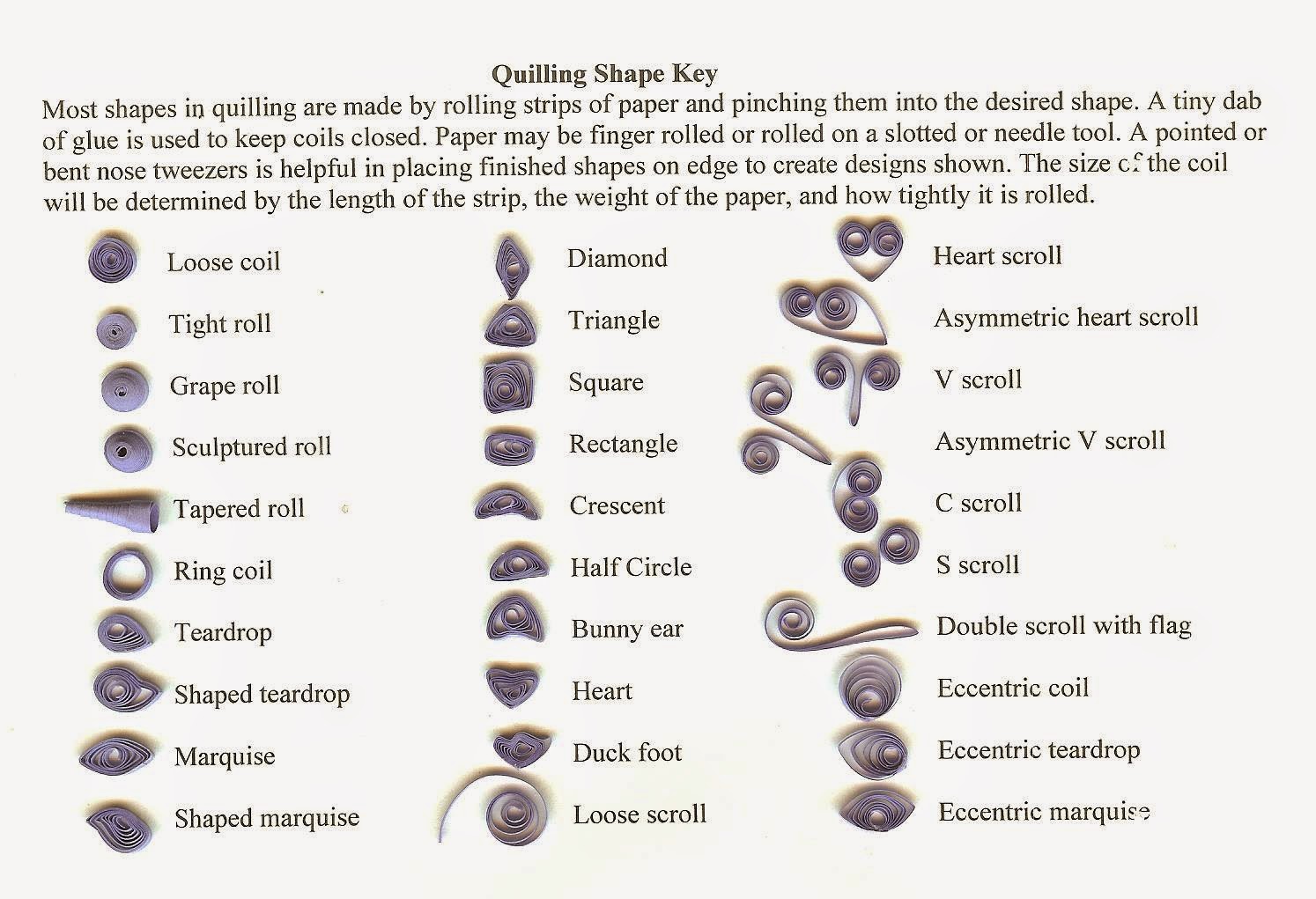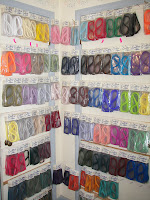We get lots of questions about matting and framing here at Whimsiquills. When I first started selling my work, (lol), those many years ago, I would put my quilling on wooden plaques. But my customers wanted the quilling under glass. Those of you who have been quilling for a long time may remember the metal frames put out by Intercraft. They had a plastic insert that kept the mat away from the glass, they were inexpensive and gave just the right amount of room, but they didn’t hold up very well and over the years the quality became poorer and poorer. . . and finally they became harder and harder to find. I became frustrated, just like every other quiller, trying to find a nice frame that wouldn’t look “cheap”, but that I could afford. That’s when my husband, who was in the process of changing jobs, went to framing school. Boy did he (WE) learn a lot! It took us a couple of years, but we finally found a company which mad a special double rabbet frame for us, which was really perfect for quilling! Unfortunately, we have since lost that supplier because we were only purchasing five to six hundred frames a year, Whimsiquills is just too small. (I guess everything in this country has to be supersized to make it).
When I look at a frame, the first thing I check for is the depth of the frame. The space between the lip where the glass sits and the back of the frame is called the rabbet. (We will put up pictures of everything on a sheet called Framing in the reference folder of the pics file; you might want to print out the framing sheet to refer to while reading this so it makes more sense.) The rabbit needs to be at least ½” deep, in order to accommodate fringe flowers and/or roses.
The ideal frame would have a double rabbet, (see Figure 1 on framing) one to put the glass on, and a second (lip/rabbet) a minimum of ½”back. This is where the quilled mat and whatever backing you use would rest. (The majority of framed pieces I sold and still sell are wedding invitations or baby frames. I like to have a frame where the invitation could be taken out and replaced with a wedding photo, or the baby photo could be updated. This was particularly important when my work was purchased in a store. The customer had to be able to do this for himself). The mats and backing would be held in by metal flex tabs that would lift up so it would be easy to remove the mat and change things like photographs in the quilled mat. The mat size in a double rabbet frame will be slightly larger than the glass size, so the mat sits on the second rabbet and doesn’t “fall” against the glass. You may be able to find double rabbet mouldings in some frame shops, where they can make up a frame for you in any size; they are however, very expensive. Oh well, let me tell you what I am doing for frames now.
Once again, I try to find a moulding that I like, (I prefer something that looks like a conventional frame rather than a straight sided shadowbox.) and check for the depth of the rabbet. If I have only a half inch to work with, I will try to work out of the back of the frame. (See Figure 2 on framing) This means I cut my mat to lay on the back of the frame, once again, this means cutting the mat slightly larger than the glass size so it doesn’t fall into the frame and against the glass. I usually leave about ¼” of the back of the frame showing all around the mat. After I have completed my quilling, I put a strip of double sided tape (framers call this ATG tape, it is made by Scotch and will say Adhesive Transfer Tape) on the back of the frame. This tape is paper backed so it is pretty easy to work with; don’t take the paper backing off until you are ready to put your mat on, cause it is really sticky. You might want to mark on the back of the frame exactly where you want your mat to be; if the mat doesn’t go onto the frame back nice and straight it gets a little tricky moving it back off the ATG without tearing the mat. If you have done this correctly, you will have about ¼” of the frame back showing around the edges of the mat. I generally put a second strip of ATG over the edge of the mat and right out to the edge of the frame. I then cut a piece of brown craft paper to cover and seal the back of the frame. (This is also available at frame shops and craft stores that do framing; it looks like the paper from brown paper bags but is a slightly lighter weight) I then trim the craft paper to fit the back of the frame exactly with a razor blade. If the paper seems too loose you can lightly spray it with water, when it dries it will fit nice and tight. Then add your hanger (I use saw tooth hangers) and plastic bumpons to keep it from marking the wall and most importantly your card or sticker on the back. I print out a business card size sticker with an explanation of quilling and all of my contact info.



















 Once my hobby became “Whimsiquills the business”, (and after my children left home), I set about making what we all call the ‘Whimsiquills room”. Now I have a whole room dedicated to my work I had a huge window put in to give me natural light, I use an Ott light at night. I hang all of my papers on a strip my husband put up for me that goes halfway around the room.
Once my hobby became “Whimsiquills the business”, (and after my children left home), I set about making what we all call the ‘Whimsiquills room”. Now I have a whole room dedicated to my work I had a huge window put in to give me natural light, I use an Ott light at night. I hang all of my papers on a strip my husband put up for me that goes halfway around the room.



